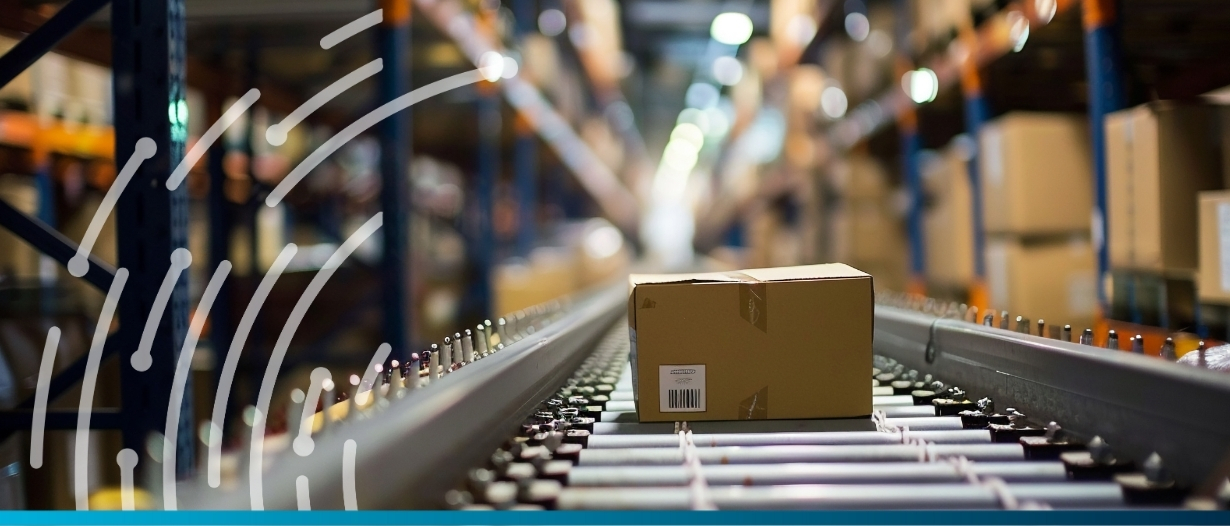A coalition of major supply chain industry associations has thrown its weight behind the ‘declaration of the electronic Bill of Lading’ (eBL). This development adds momentum to the commitment towards modernising international trade documentation.
The declaration was signed on Tuesday by the FIT alliance: bringing together BIMCO, the Digital Container Shipping Association (DCSA), the International Federation of Freight Forwarders Association (FIATA), the International Chamber of Commerce (ICC), and the international payment network Swift. Together, these organisations exert a formidable force in the shipping and logistics sector.
This initiative follows a February commitment to eBL adoption by nine of the largest container shipping companies, all members of the non-profit DCSA. The move now extends to shippers, who will be brought into the digital fold through transactional platforms linked to FIT Alliance members.
Niels Nuyens, head of digital trade at DCSA, emphasised the significance of the bill of lading in container shipping, describing it as “the most important document in global trade.” The bill acts as a document of title, a receipt for shipped goods, and a record of agreed terms and conditions for shipments.
The push for eBL adoption comes against a backdrop of strikingly low digitisation rates in the industry. As of last year, a mere 2.1% of bills of lading and waybills in container trade were electronic. However, the potential benefits of widespread eBL adoption are substantial.
A recent McKinsey study projected that full eBL adoption in the container shipping sector alone could unlock $30 billion to $40 billion in global trade growth by reducing trade friction.
The same study estimated that digitalising the process could save 28,000 trees annually while markedly reducing carbon emissions associated with the physical transportation of paper documents.
The FIT Alliance statement underscored the universal benefits of eBL adoption across both bulk and container shipping, emphasising its potential to enhance supply chain resilience at a critical time.
Despite hurdles – particularly in ensuring interoperability between different eBL vendors used by various shipping lines, forwarders, and shippers – the industry appears poised for growth, buoyed by increasing commitments focused on eBL implementation like the ‘declaration of the eBL’.























